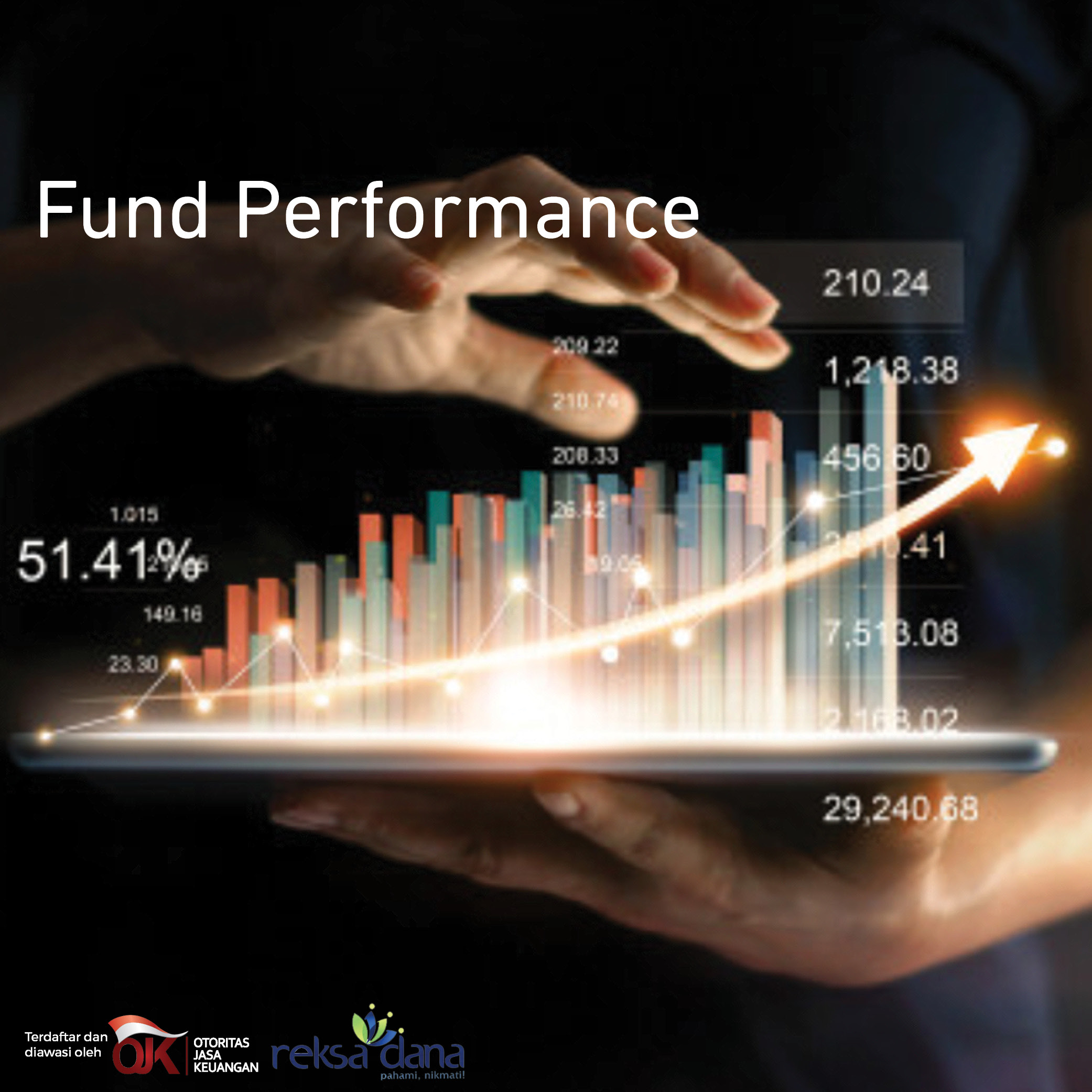Slips again
Statistics Indonesia (BPS) recorded the inflation at 0.08% MoM (1.37% YoY) in Mar-21 or continuing the low inflation from the previous month. It was also lower than our estimation and Bloomberg consensus. There was no special event in Mar-21 fueling up the inflation. It is just the Covid-19 makes people be more frugal and stay home. It was reflected by the decreased of transportation price, indicating the lower mobility of people. The low inflation in Mar-21 may send mixed signal where we can perceive that the demand side was still weak amid the pandemic. On the other hand, the low inflation is preferable as people expect that inflation will go high in 2021 as the economy recovers because the low inflation provides space for the future inflation to go higher than current level.
Price hike on food
The biggest contributor of inflation came from food, beverage and tobacco basket where it contributed by 0.10% to total inflation with the price rising by 0.08% MoM (2.22% YoY). The main price hike contributors in this basket were cayenne (0.04%) and shallot (0.02%). On the other hand, red chili (-0.02%) and rice (-0.01%) contributed to the deflation in this basket. Based on our last month review, the global food prices rose for a ninth consecutive month in Jan-21 to the highest level since Jul-14. This is benefiting farmers but also putting us in risk of domestic inflation as we still depend on imported staple foods. In Mar-21, the impact of global food prices has already shown its slight impact. Moving forward, we are expecting the higher prices in this basket may be more obvious in Apr-20 inflation especially approaching the Ramadhan month.
Transportation shows a deceleration
The biggest contributor of deflation was transportation basket where it decelerated by 0.25% MoM (+0.59% YoY). In the yearly basis, it showed a higher price as in Mar-20, the pandemic has kicked in form of lockdowns in Indonesia. From 4 components, 2 of them showed a deflation (vehicle purchase and passenger transportation services) and the rest showed an inflation (personal transportation equipment and goods delivery services).
Vaccine helps the inflation to grow
As of March, 31st 2021, there were 8.1 mn people have been vaccinated. In the 2nd phase vaccination, 3.7 mn people have received their second inoculation. As many as 1.1 mn ready-to-use vaccines from AstraZeneca arrived in Indonesia on March, 8th 2021. It is part of the first batches of AstraZeneca vaccines received by Indonesia from the multilateral COVAX facility. Under the COVAX facility, Indonesia is set to receive 11.7 mn of vaccines for the first batch of shipments in May-21. The government is pursuing the herd immunity that should be achieved by Mar-22. By having more people vaccinated, we see that the inflation will be higher in a slow path onwards as slow as the demand side recovers.
Unanchored expectation of inflation
There are some expectations that believe the inflation will soar in short run as the economy recovers especially with the US’ inflation. However, we see the expectation in the short run is unanchored to the real sector both in US and in Indonesia particularly. The important element in inflation is wage. We see the wage level will not get higher in the short run especially during the pandemic as the demand of job opportunity is quite high. Thus, we see the inflation remains cool in the short run. However, we see in the medium run or in the YE 2021, inflation will be at 3% or lower.
BI-7DRRR remains the same
After the BI rate held in Mar-21 at 3.5%, we see that BI will hold the rate at the current level to keep the market stays alluring and to keep the capital flow. Although the wide room for rate cut remains, we see rate cut is quite risky lately as the Fed keeps mentioning about buying back assets when the US economy recovers. Thus, BI will still do the wait-and-see approach on Fed for BI BoG Meeting on Apr 19th – 20th 2021.
















